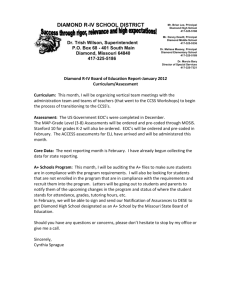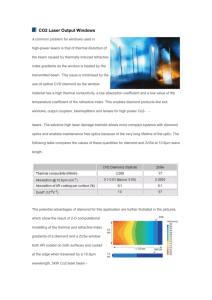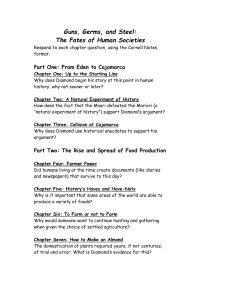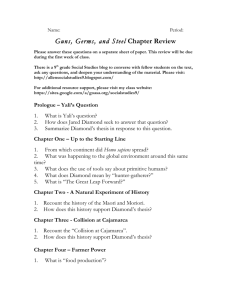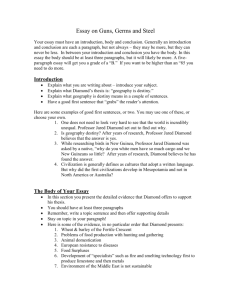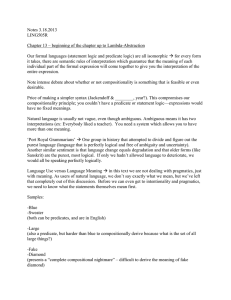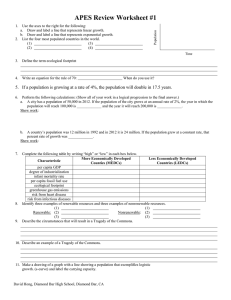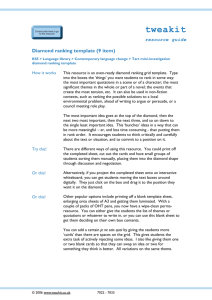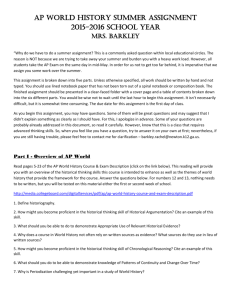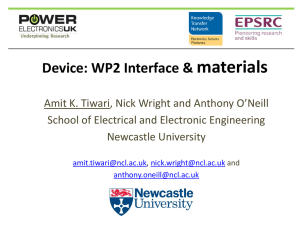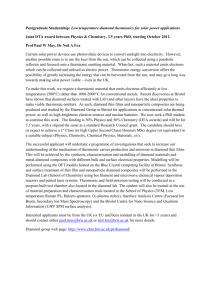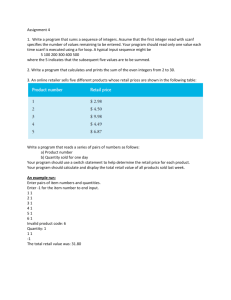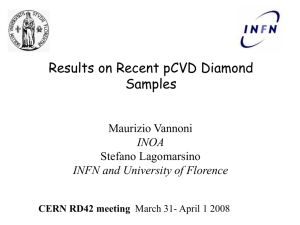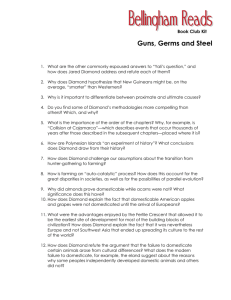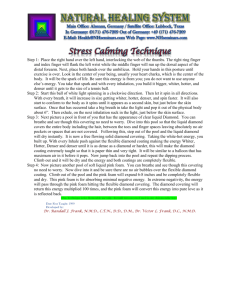`Diamond Thin Films: A 21st Century Material`
advertisement
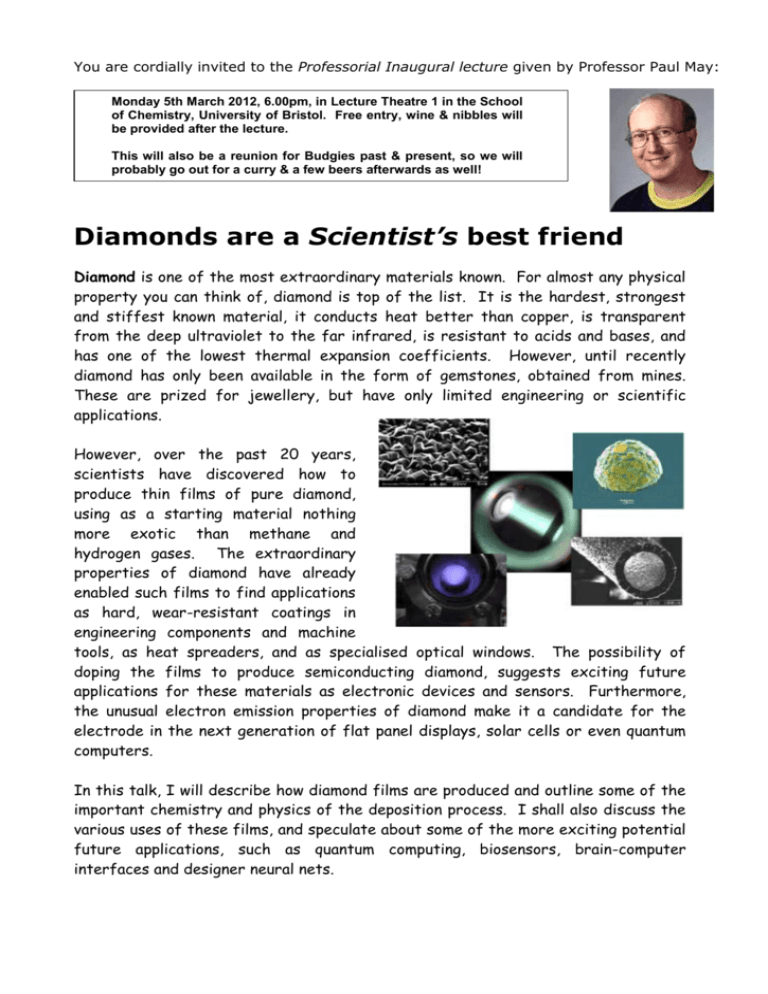
You are cordially invited to the Professorial Inaugural lecture given by Professor Paul May: Monday 5th March 2012, 6.00pm, in Lecture Theatre 1 in the School of Chemistry, University of Bristol. Free entry, wine & nibbles will be provided after the lecture. This will also be a reunion for Budgies past & present, so we will probably go out for a curry & a few beers afterwards as well! Diamonds are a Scientist’s best friend Diamond is one of the most extraordinary materials known. For almost any physical property you can think of, diamond is top of the list. It is the hardest, strongest and stiffest known material, it conducts heat better than copper, is transparent from the deep ultraviolet to the far infrared, is resistant to acids and bases, and has one of the lowest thermal expansion coefficients. However, until recently diamond has only been available in the form of gemstones, obtained from mines. These are prized for jewellery, but have only limited engineering or scientific applications. However, over the past 20 years, scientists have discovered how to produce thin films of pure diamond, using as a starting material nothing more exotic than methane and hydrogen gases. The extraordinary properties of diamond have already enabled such films to find applications as hard, wear-resistant coatings in engineering components and machine tools, as heat spreaders, and as specialised optical windows. The possibility of doping the films to produce semiconducting diamond, suggests exciting future applications for these materials as electronic devices and sensors. Furthermore, the unusual electron emission properties of diamond make it a candidate for the electrode in the next generation of flat panel displays, solar cells or even quantum computers. In this talk, I will describe how diamond films are produced and outline some of the important chemistry and physics of the deposition process. I shall also discuss the various uses of these films, and speculate about some of the more exciting potential future applications, such as quantum computing, biosensors, brain-computer interfaces and designer neural nets.

